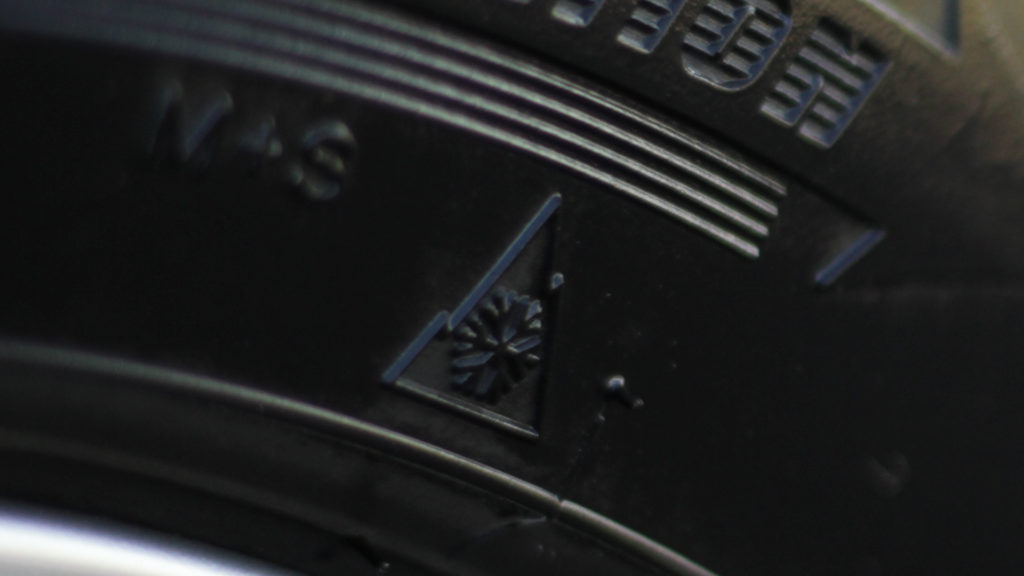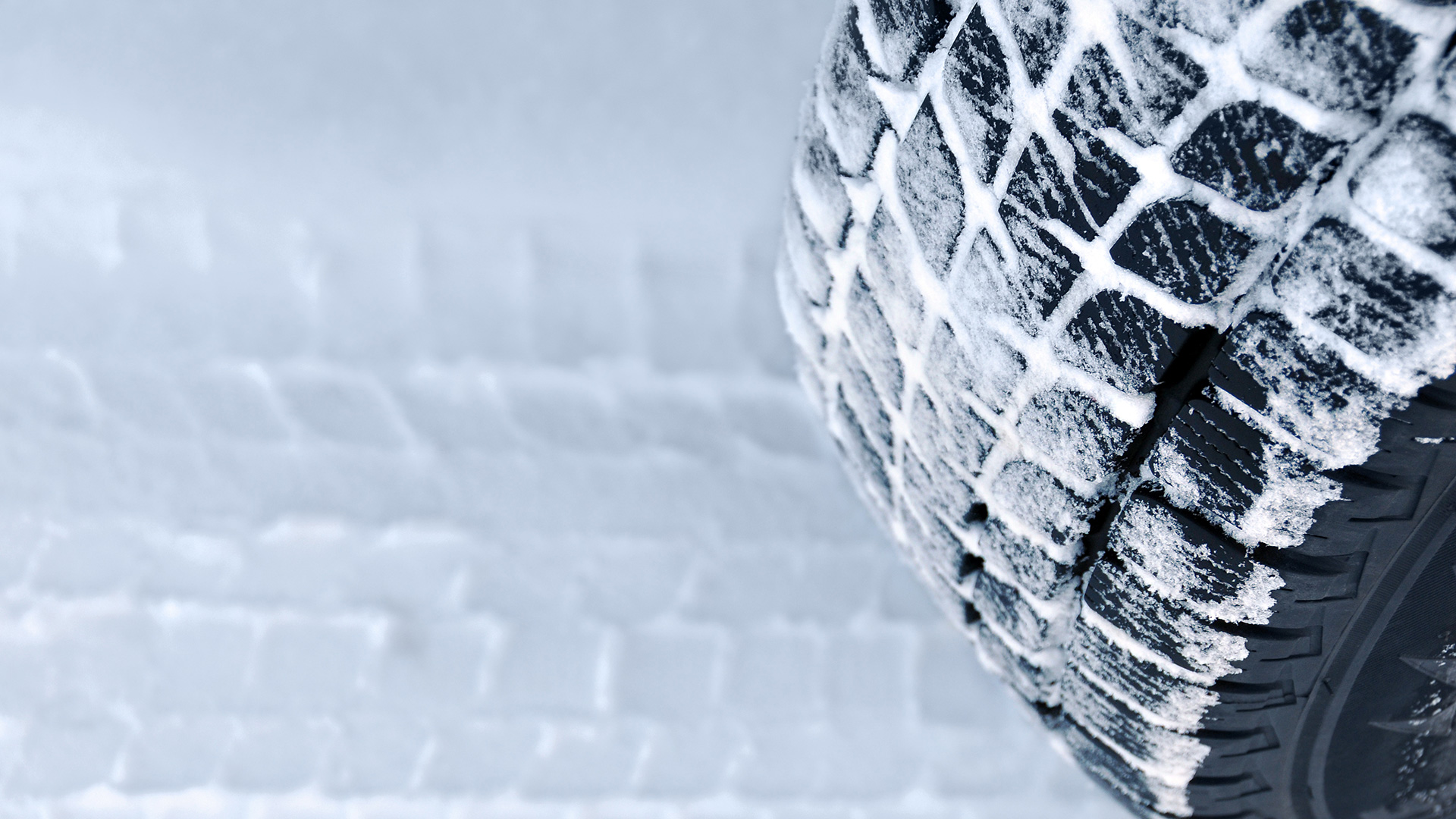If you live anywhere that experiences a winter season that sees ice or snow, you need winter tires. Your primary concern may be getting stuck in the snow, but winter tires are essential for safe driving during the season. Better traction in winter conditions also means better control and better grip, which you won’t get without proper winter tires.
In this comprehensive guide to winter tires, we’ll cover everything you need to know to safely drive on ice or snow. We’ll cover the basics of winter tires by explaining their benefits and necessity. We’ll also clarify the terminology you’ll likely come across while shopping for winter tires, and how to properly break them in. Finally, we’ll provide tips on how to properly care for your winter tires.
Do I need winter tires?
According to Continental Tires, you should switch to winter tires when the temperature falls below 46°F or 7°C. Naturally, this rule should only apply if the temperature stays at 46°F or lower throughout the day. For example, some areas of Florida might see temperatures in the 40s during the early morning, but it’s doubtful you’ll find anyone driving around with winter tires.
You should be driving on winter tires if you experience intermittent or light snow during winter.
How are winter tires different?
Winter tires are designed to provide better braking performance, traction, and control in snowy and icy conditions. They have a deeper tread pattern that clears away slush and digs into the snow for increased traction. Another major difference is the rubber compound used on winter tires. It’s designed to stay soft and flexible at colder temperatures, so you maintain better control of your vehicle. That also means you should avoid driving on winter tires when it’s warm out. That softer compound will wear out quicker and essentially ruin your winter tires.
Can I mix winter tires with summer or all-season tires?
It is not recommended to mix winter tires with summer or all-season tires. If you’re swapping to winter tires, you should swap all four tires instead of just two tires. By matching all four tires, your vehicle’s handling will be more predictable and consistent. If you only swap your front two tires, or your rear two tires, that means your vehicle could oversteer or understeer depending on the conditions.
Although this article on Tire Rack was originally published in 2007, it provides detailed information on what it’s like to drive with mismatched tires on ice and snow.
What is the 3PMSF symbol?

The three-peak mountain snowflake (3PMSF) symbol indicates a tire that provides a higher level of snow traction. This performance-based standard was created by the U.S. Tire Manufacturers Association (USTMA) and the Rubber Association of Canada (RAC) in 1999, and tires with the 3PMSF branding attain a traction index equal to, or greater than 110 — compared to a reference tire that is rated 100. This rating is recorded during the specified American Society for Testing and Materials traction tests on packed snow.
According to Tire Rack, there are a few things to remember about 3PMSF branding. First, the testing measures a tire’s acceleration on medium-packed snow and doesn’t account for braking, turning, and traction. More importantly, if you find the 3PMSF symbol on all-season or all-terrain tires, that doesn’t mean they’ll offer the same performance as winter tires. In other words, 3PMSF-branded tires aren’t substitutes for dedicated winter tires.
Do I need studded tires?
Before you even shop for studded tires, you should check your local state laws to see what type of studs are allowed. Some states in the U.S. will allow metal studs, while other states only allow rubber studs. Some states prohibit the use of studded tires entirely. Since local state laws and regulations may change from time to time, we’ve decided to not publish studded tire laws for each state. For the most accurate and up-to-date laws, check with your state’s Department of Traffic (DOT) website.
That being said, studded tires generally are not necessary unless you drive in frequent ice or heavy snow. Studies have shown that studded winter tires perform best on ice and the performance difference between studded and studless winter tires in snow, slush, and other winter conditions (outside of hard-packed snow and ice) are minimal. In fact, studded tires will have decreased traction on dry or wet roads and you should only use them if there’s an obvious advantage to doing so.
How do I properly break in winter tires?
If you don’t have prior experience driving on winter tires, there are a few things you should know. For starters, your winter tires will drive and ride differently than your all-season or summer tires. After initially swapping to winter tires, it’s highly recommended that you familiarize yourself with how they handle. That includes being extra careful while adjusting to your vehicle’s traction and handling. You’ll likely notice a reduction in handling responsiveness, especially on brand new winter tires since they have deeper dread depths and more open tread designs to deal with snow.
As we mentioned earlier, the compound used on winter tires is also softer so that it’s more pliable in cold weather. That also means lower speed ratings than what you might be used to, so pay close attention to the limits of your winter tires. All that said, a break-in period of a few hundred miles of easy driving is sufficient.
Are winter tires and snow tires the same thing?
The term “snow tires” is rarely ever used by tire manufacturers and it’s unclear where it actually originated from. One common belief is that the phrase came from the 3PMSF symbol and over the years, tires branded with it became known as snow tires. Although winter tires and snow tires are often used interchangeably these days, it’s important to know that just because a tire has the 3PMSF symbol on it doesn’t mean they are proper winter tires. As we mentioned before, the 3PMSF designation doesn’t consider braking, turning, or traction — all important factors for safe winter driving. If you’re shopping online, we recommend searching for winter tires rather than snow tires.
How do I care for my winter tires?
Since winter tires do use softer compound, it’s a good idea to get a proper alignment to prevent abnormal wear. You’ll want to make sure your vehicle’s camber and toe settings are within recommended specifications for your new winter tires.
Also, tire pressure is very important through the winter months. Since air is a gas, it contracts in the cold. A general rule is that for every 10 degrees Fahrenheit of change in outside temperature, your tire’s inflation will be altered by about 1 psi. That means, 10 degrees colder and your tire will lose about 1 psi of pressure. You can learn more about the importance of tire pressure here.
Winter tire accessories
Along with getting the right winter tires for your vehicle, we also recommend you purchase a tire pressure gauge and a portable tire inflator. Both these tools will ensure you’re driving on properly inflated tires during the winter season.
